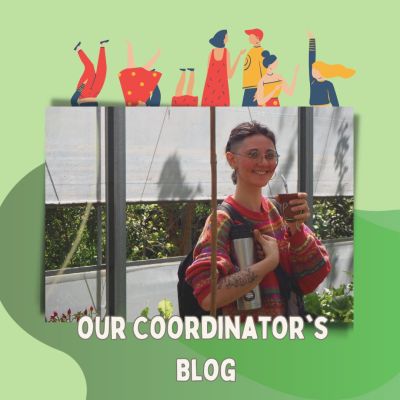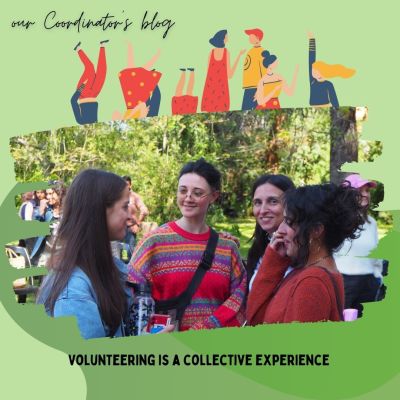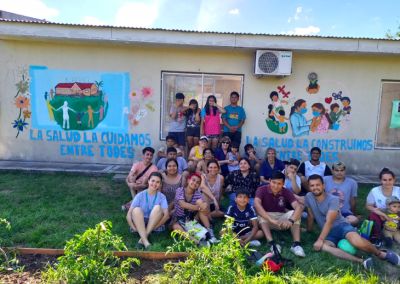An event of cultural diversity Vibrating hips dressed in colorful stunning costumes, moving to capturing Latin rhythms, bienvenidos a carnival in South America. Being one of the most traditional popular festivals in the history of mankind, many people forget about the deep religious roots of the carnival celebrations. Historians state that the first carnival festivities date back over five thousand years ago, originating in ancient Sumer, an ancient civilization that equals modern day southern Iraq and Kuwait, and spreading from the Roman Empire into all Europe. Similarly, all over America different forms of appreciation for mother earth and the gifts of life emerged. Over the past centuries, indigenous American traditions started to mix up with influences that were carried over by Spanish and Portuguese sailors in the 15th century. At present, we can find endless amounts of expressions of the carnival festivities – not only worldwide but also in a country such as Argentina.
From Salta to Buenos Aires and all the way down to Ushuaia different styles of celebrations have evolved that mix various immigrant traditions with local cultural elements resulting into a high variety of local costumes, music and dance expressions. When it comes to celebrating carnival, initially every one thinks of Río de Janeiro. And with good reason too - the parade in Río's Sambadrome is the biggest carnival party on earth. More than 90,000 spectators pack themselves along the 700m stretch in downtown Río to see the parade of local samba schools. However, for those who want to step off the beaten track, it is highly recommended to visit one of the countless more local celebrations of carnival that the South American continent has to offer. For those wanting to experience an authentic carnival parade, the ‘Carnaval del País’ in Argentina’s Gualeguaychu offers a great alternative to Río. With extravagantly dressed performers accompanying incredible unique floats, carnival in Gualeguaychu is a real slice of Latin culture. A three-hour bus ride from Buenos Aires heading north along the Rio Uruguay, Gualeguaychu is a popular weekend destination for Porteños (the people of Buenos Aires) to escape the city's heat and chaos during the summer months. Almost half a million tourists annually visit this town of about 100,000 people to watch the events, swim in the nearby Nandubaysal river and enjoy the numerous bars and clubs.
Every Saturday in January and February, the parade in Gualeguaychu's Corsodromo starts at about 10 pm and lasts all night until 4 in the morning. Hundreds of performers along twelve stunning floats entertain some 40,000 spectators on the stands of the Corsodromo. This is the place where Brazilian samba rhythms and Uruguayan street music meet the talent and passion of local social and sports clubs. Much like the carnival in Rio, the parades in Gualeguaychu have a highly competitive nature. Every weekend, a different set of judges assesses the parades based on three categories. Finally, on the first weekend of March, two months of carnival celebration come to an end with the Noche de Carnaval as well as the Megafiesta Carnavalera. That's when 9 months of hard work may be rewarded with millions of pesos and the admiration of the crowds. Gualeguaychu is a place for true carnival connoisseurs - people that like to sit back and appreciate the detail and hard work that was put into the 16.000 feathers that decorate a single costume or the harmony of dance and music expressed by the various talented performers. Even though there may be countless parties that celebrate this event happening before and after the show, the actual parades do not necessarily encourage much interaction with the crowd and draw a clear line between performers and spectators. Out-going and party-seeking people may miss the enthusiasm of the crowd and may find themselves shaking their hips alone in a mostly calm grandstand.
Needless to say - carnival is not just about sitting back and watching some nice parades running by. It's about moving your own hips as well, becoming part of the happening and interacting with the local culture. This same spirit finds its way onto the streets of some of Buenos Aires' largest neighbourhoods. Countless street celebrations praising the event of carnival are happening every Saturday and Sunday evening in February, as well as the first weekend in March. Entire streets are shut down and decorated with colorful banners. Local people put up food stands and sell accessories that liven up the atmosphere. Kids play with each other on the street and attack everybody in reach with some kind of foam-spray. For 3-4 hours local dance groups, consisting of 30 or more people, show off their home-made costumes and perform their choreographed dances to the rhythm of the drummers - of course not in such a professional manner as to be witnessed in Gualeguaychu, but with at least the same amount of talent and passion. Occasionally, spectators join their performances and get caught in the crowd. Before and after the performances of each group everyone is free to come, chat and take funny pictures. The crowd is vibrant and alive and it feels like every single person on the street that night is an essential part of this big celebration.
One occasion. Two places. Two different ways of celebrating. Whoever wants to experience what carnival is like off the beaten track of Río's Sambadrome should not hesitate to come and witness what Argentina's best spots for celebrating carnival have to offer. Offering two absolutely different perspectives of celebrating this event, in Argentina you have the opportunity to live the true carnival experience.




